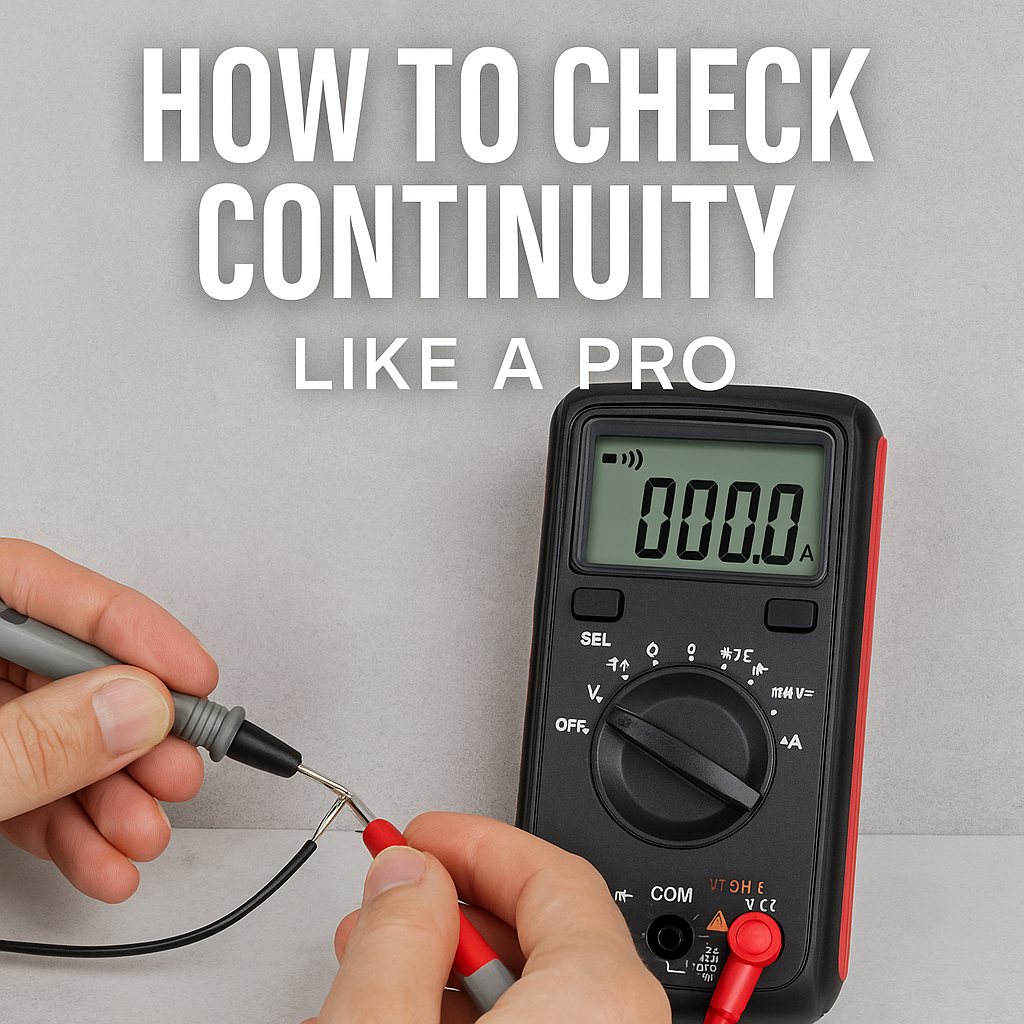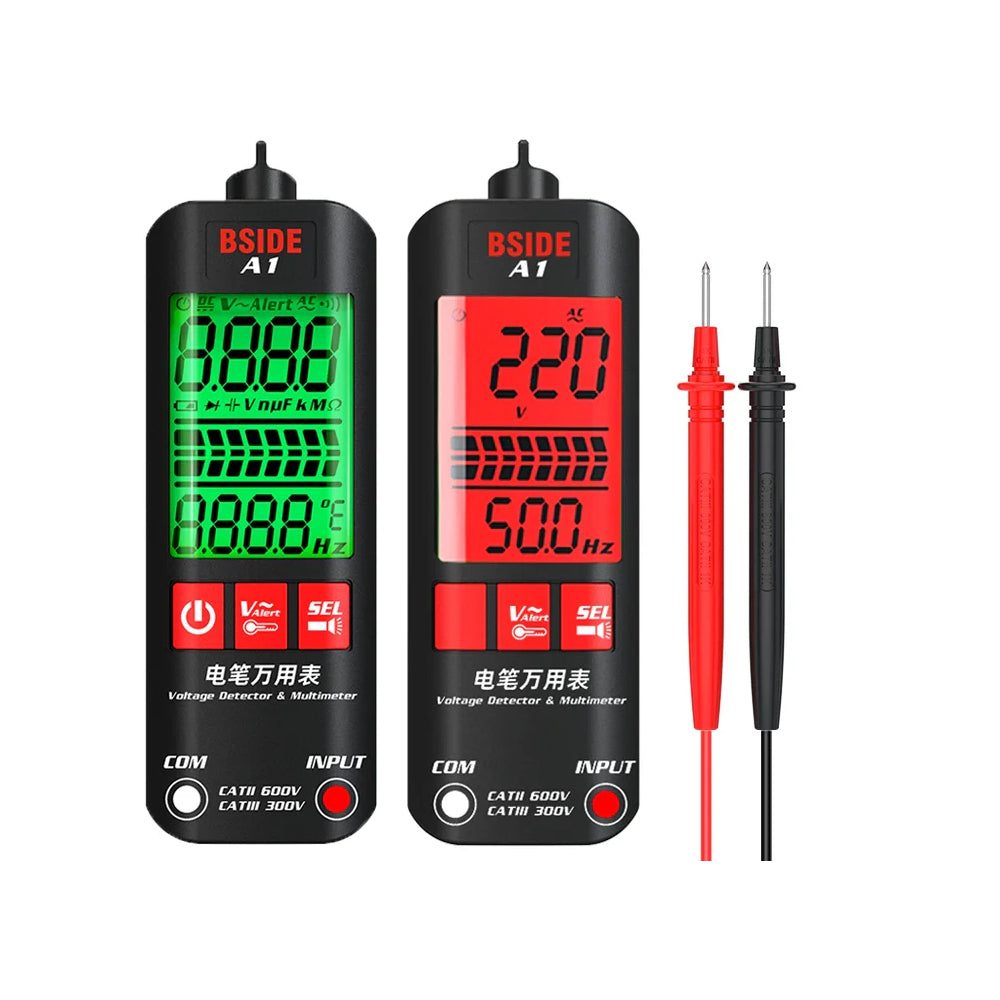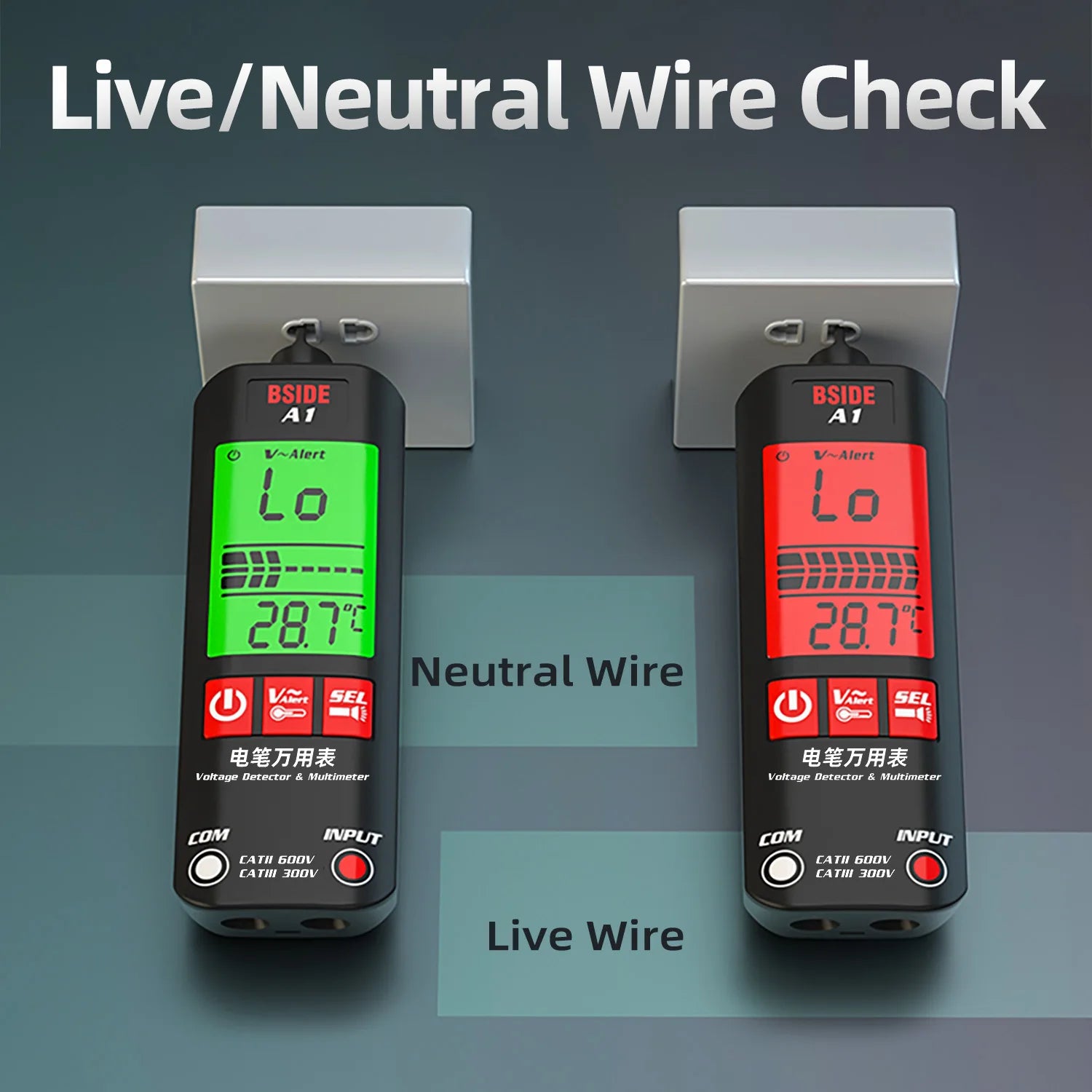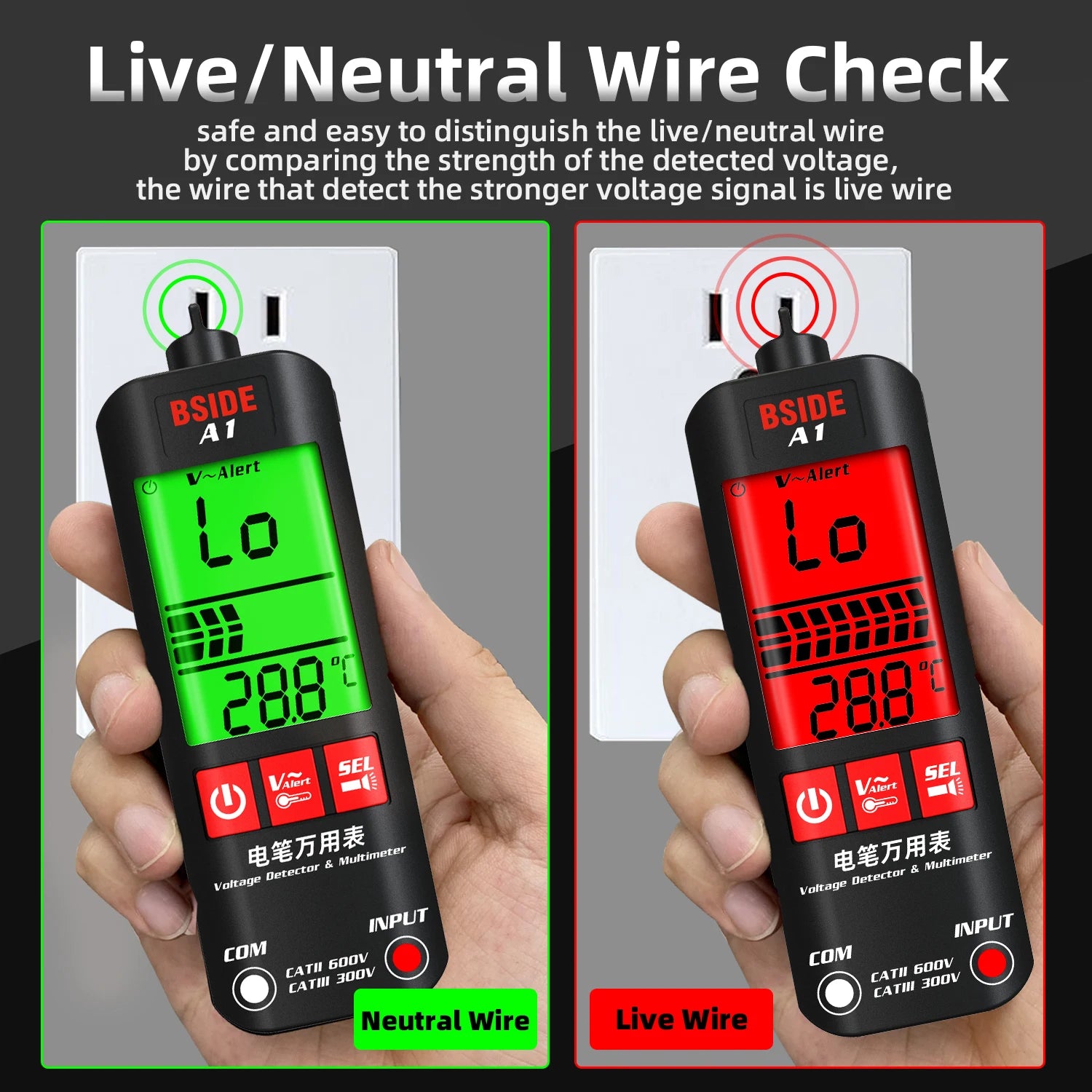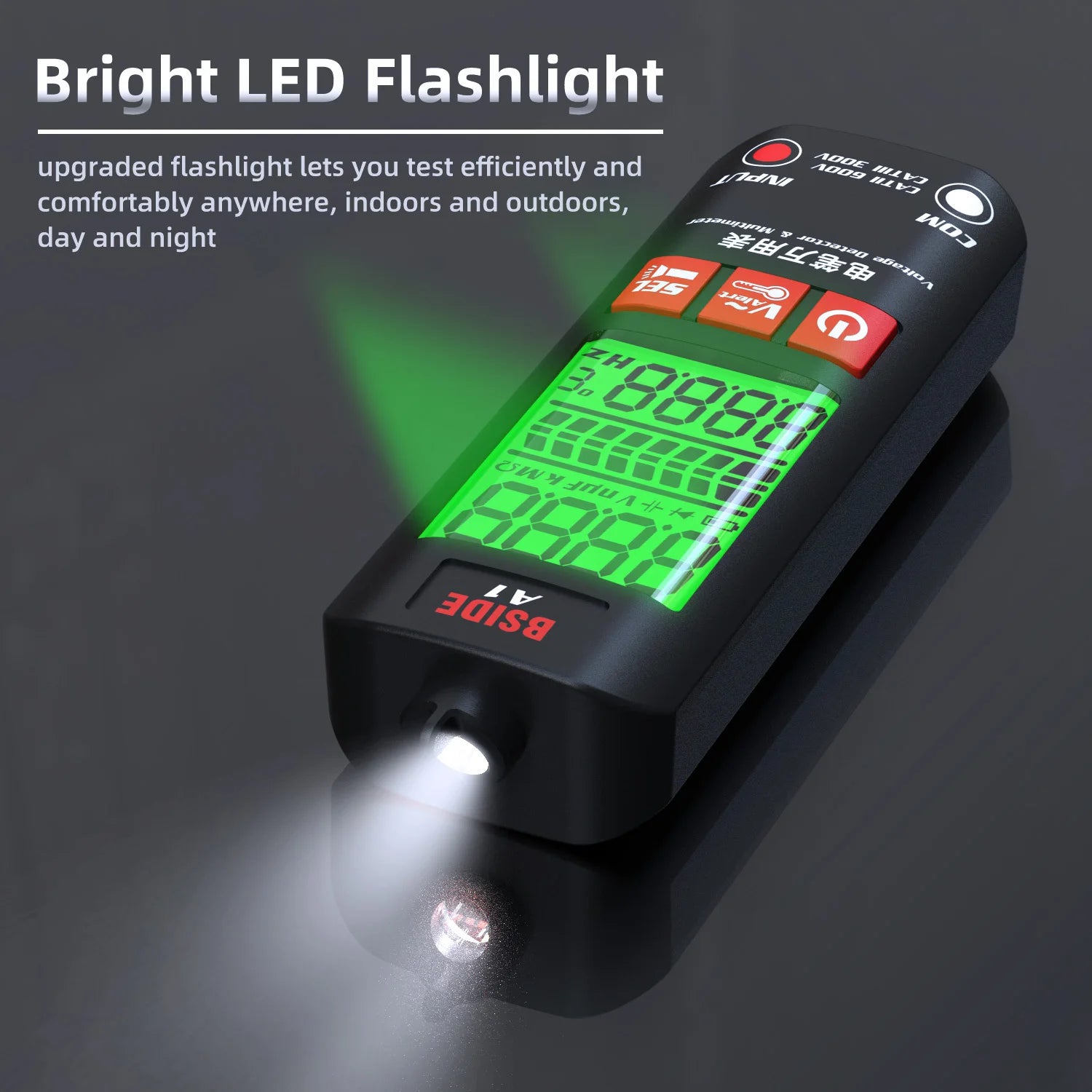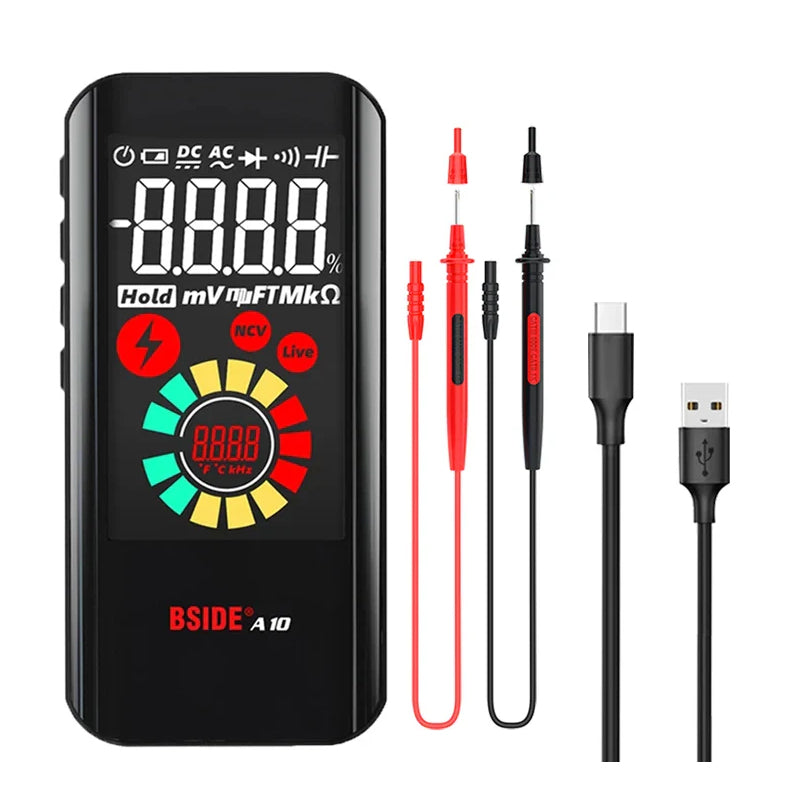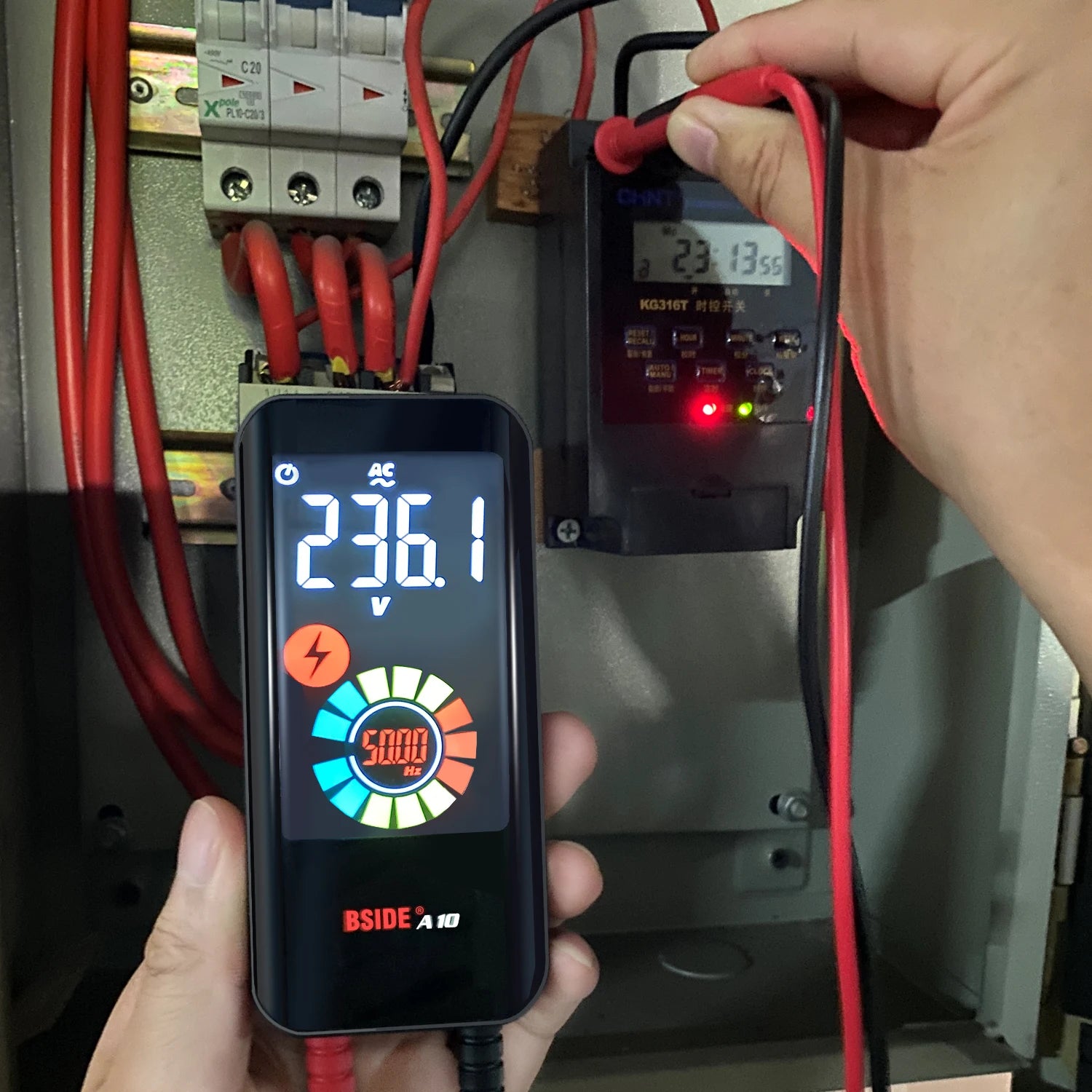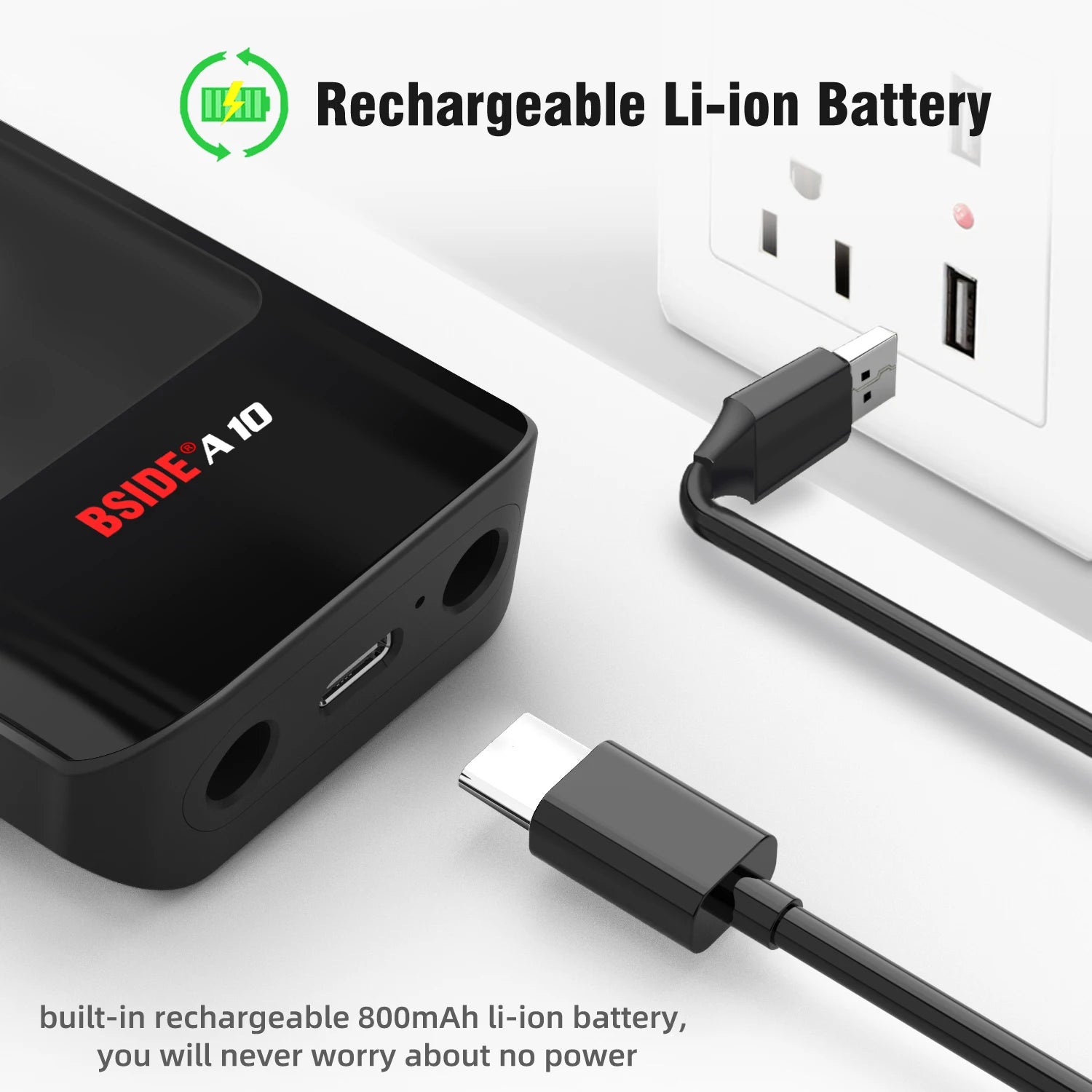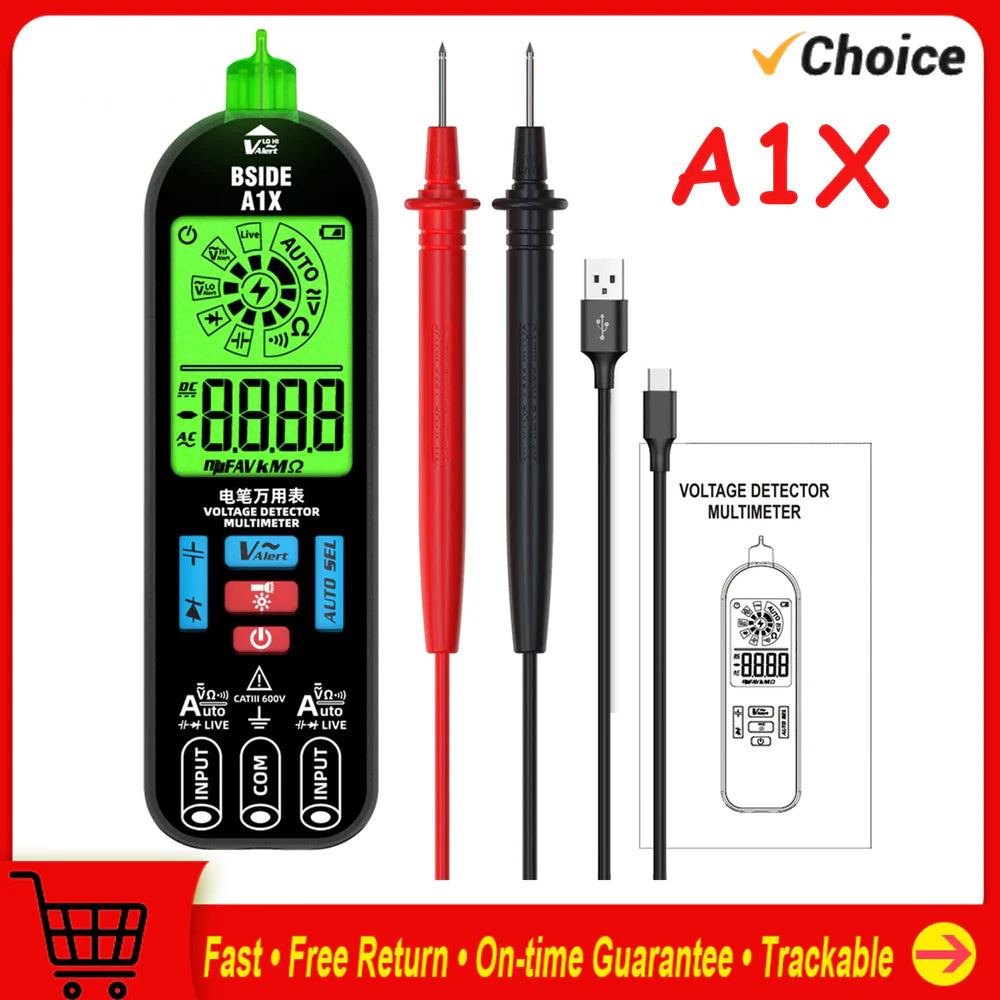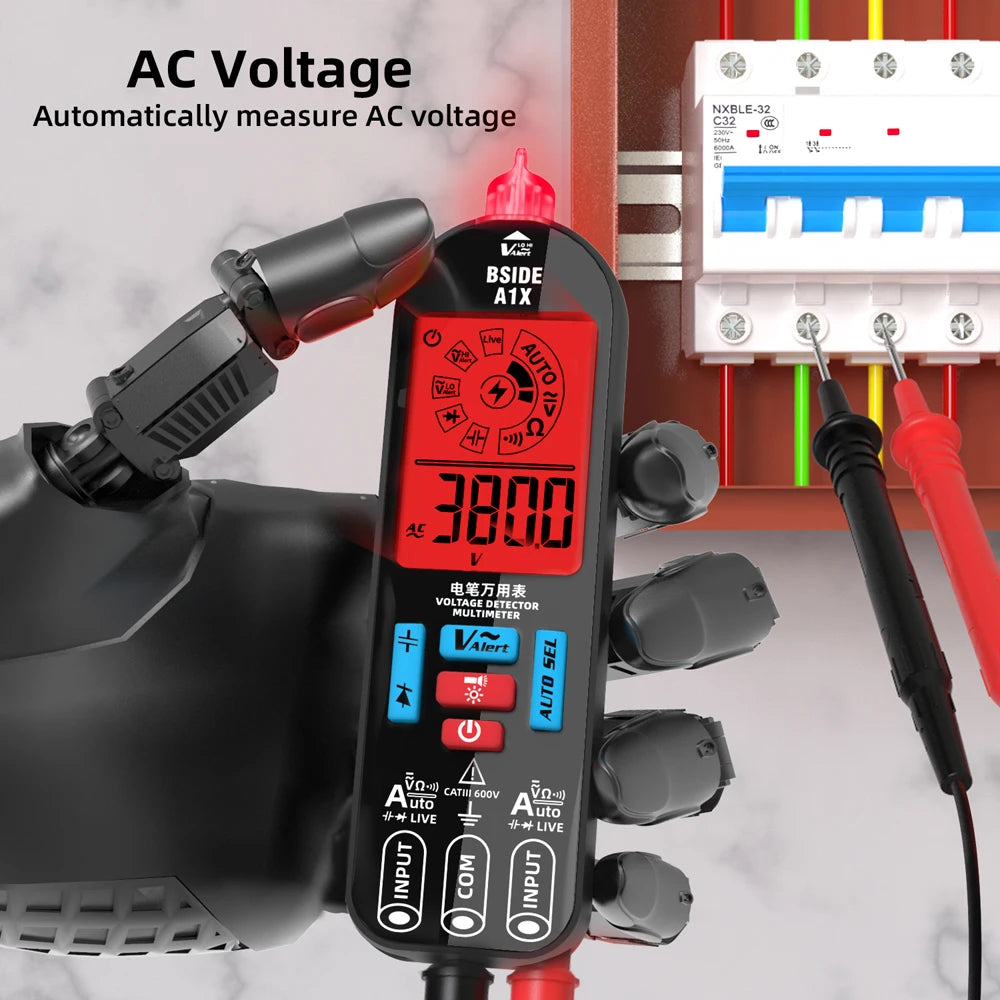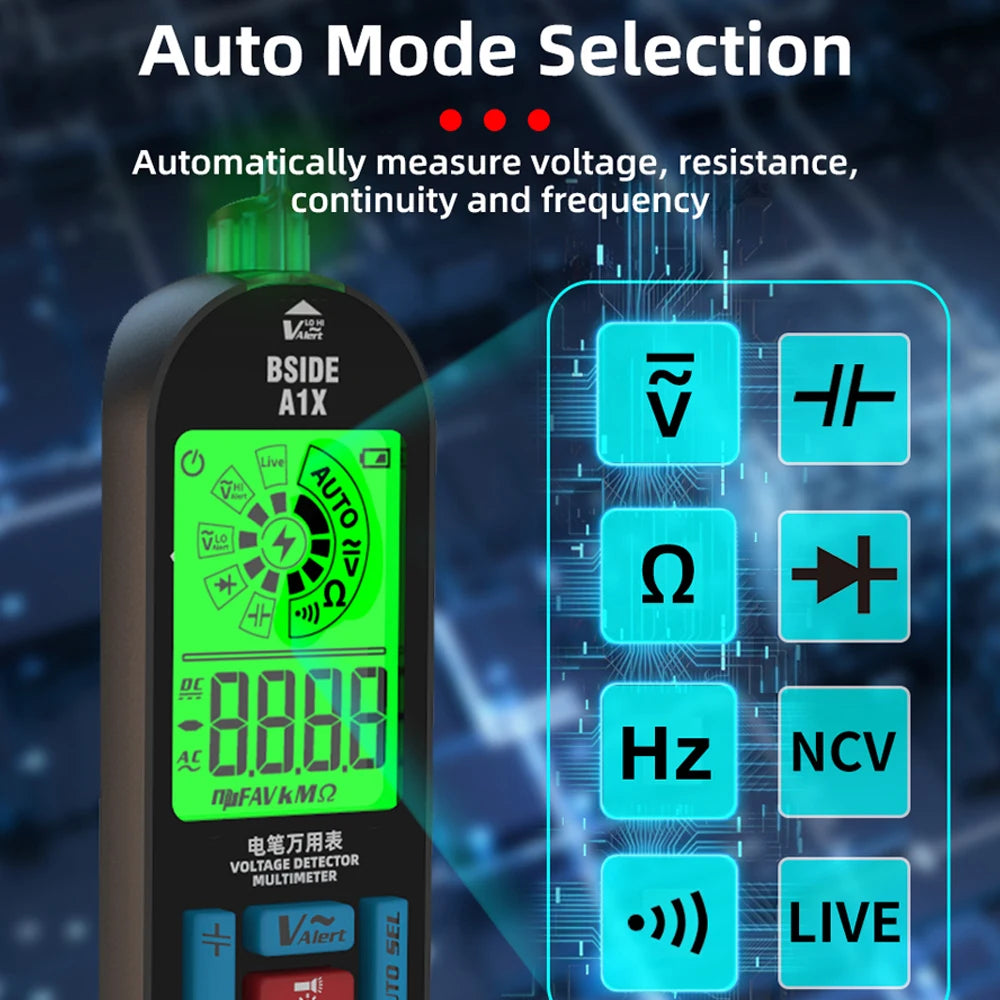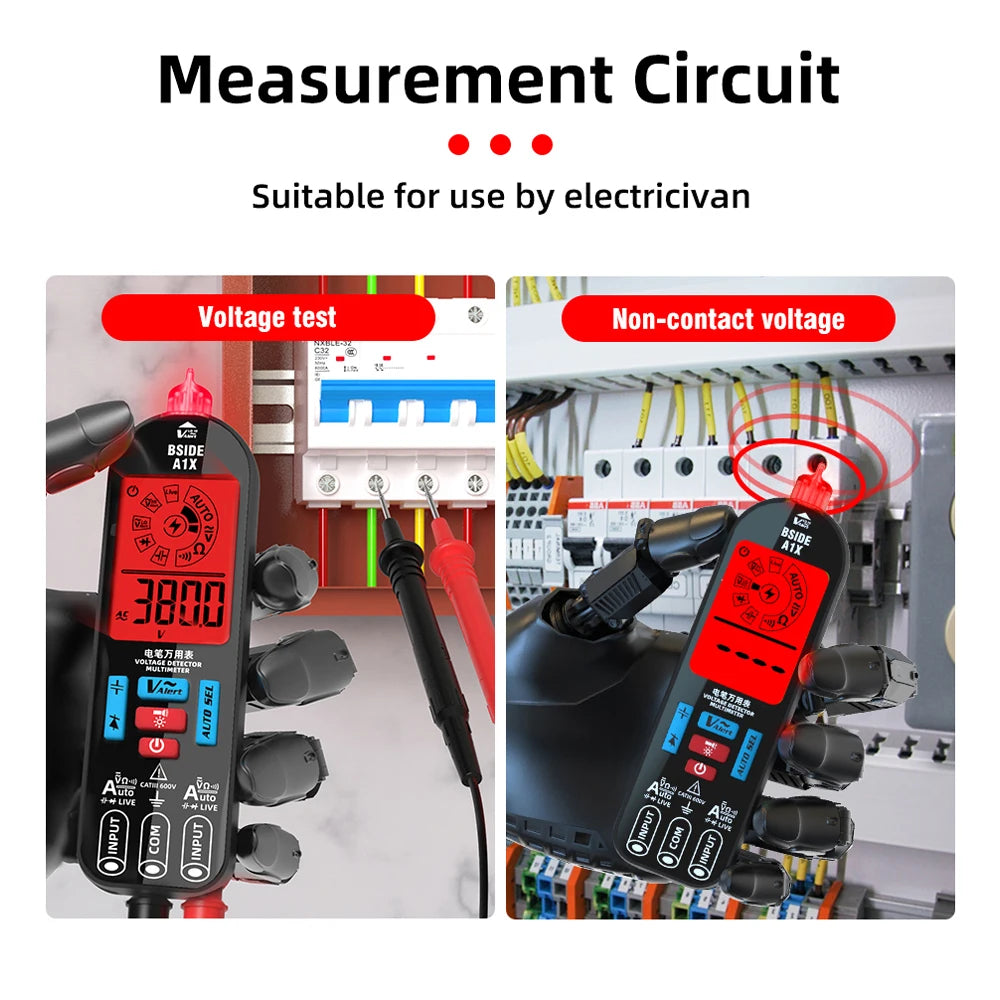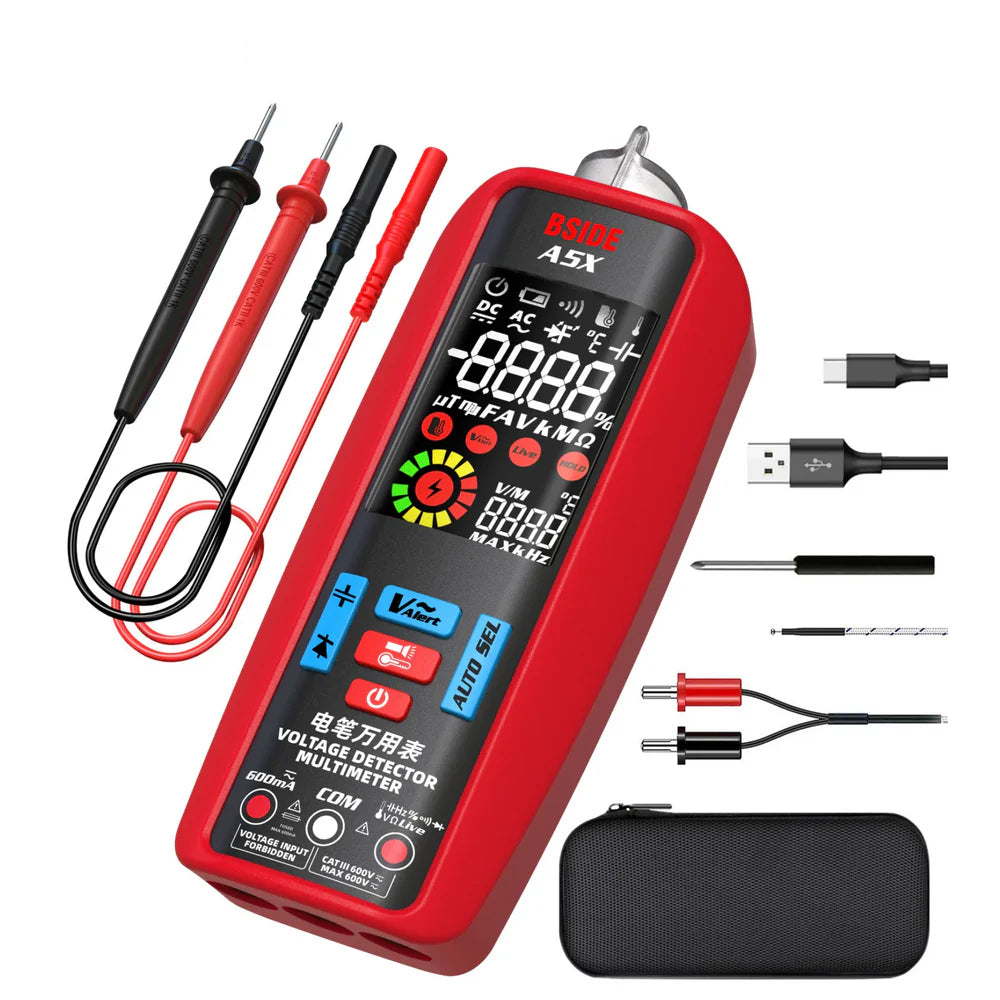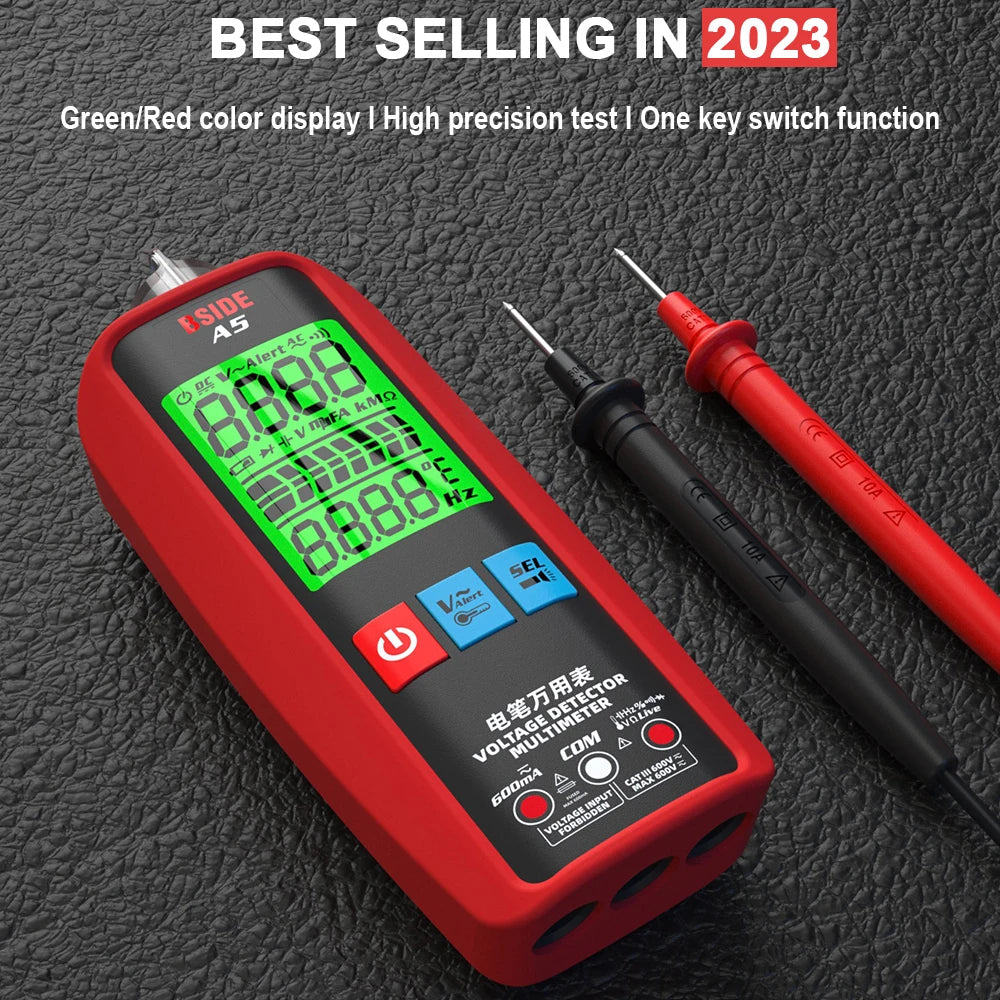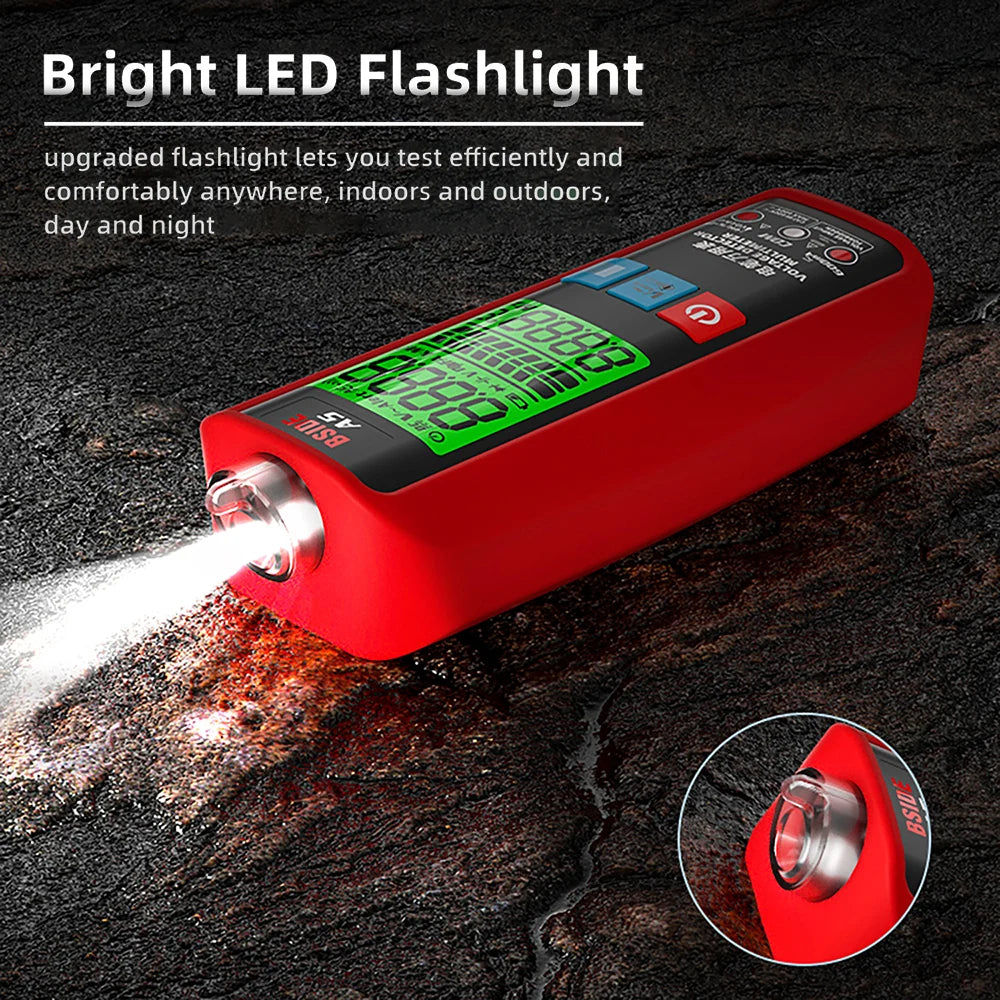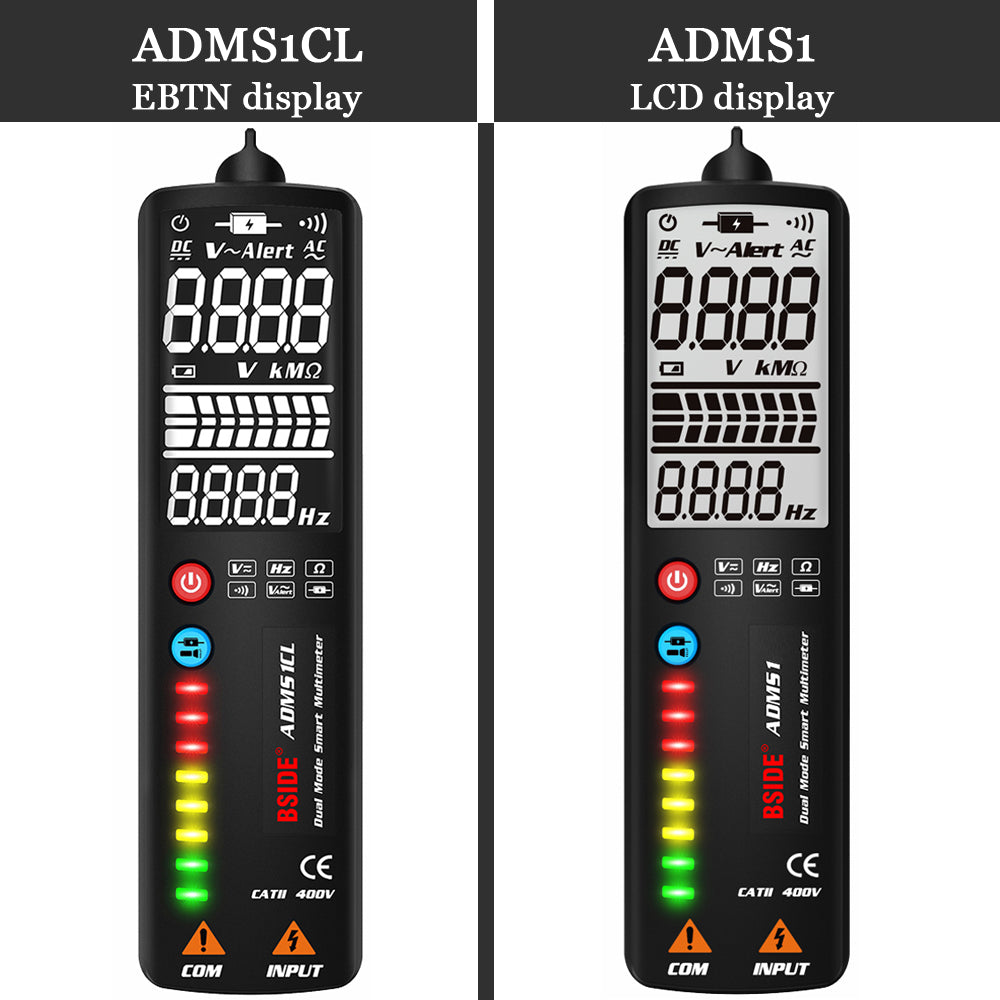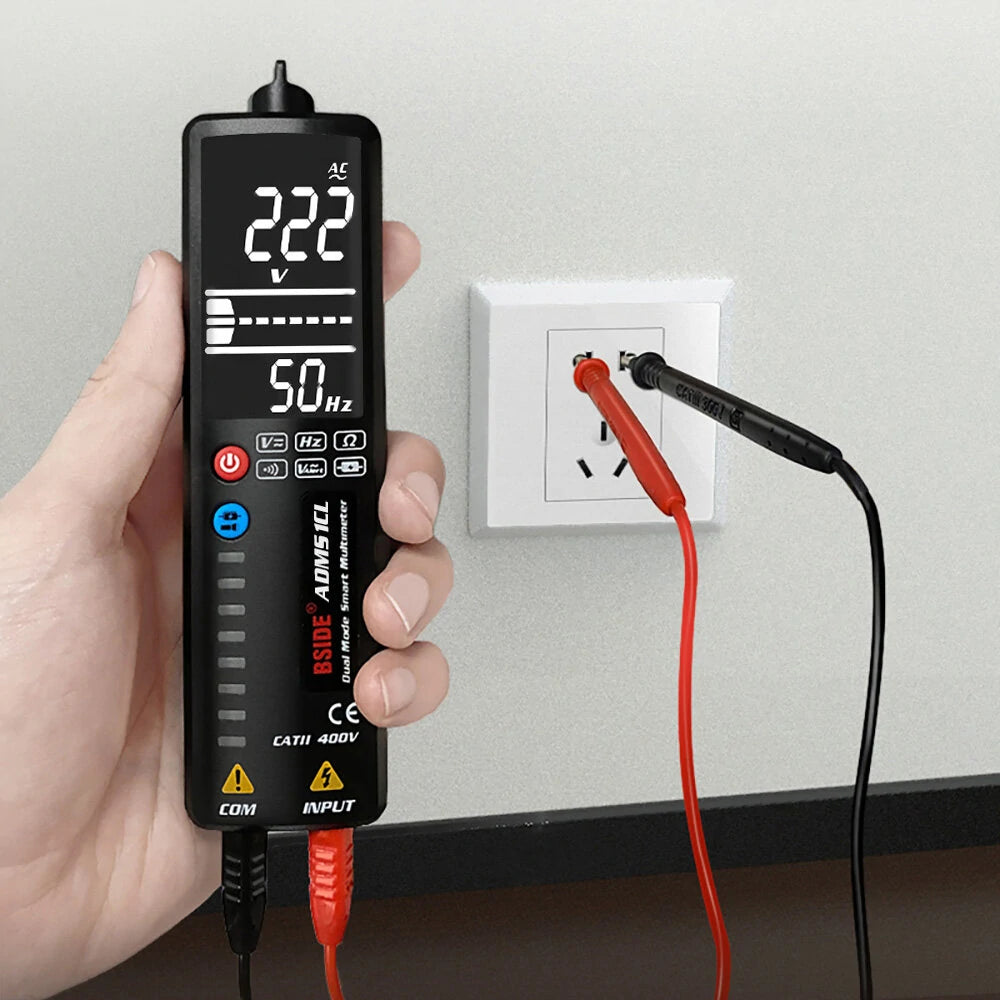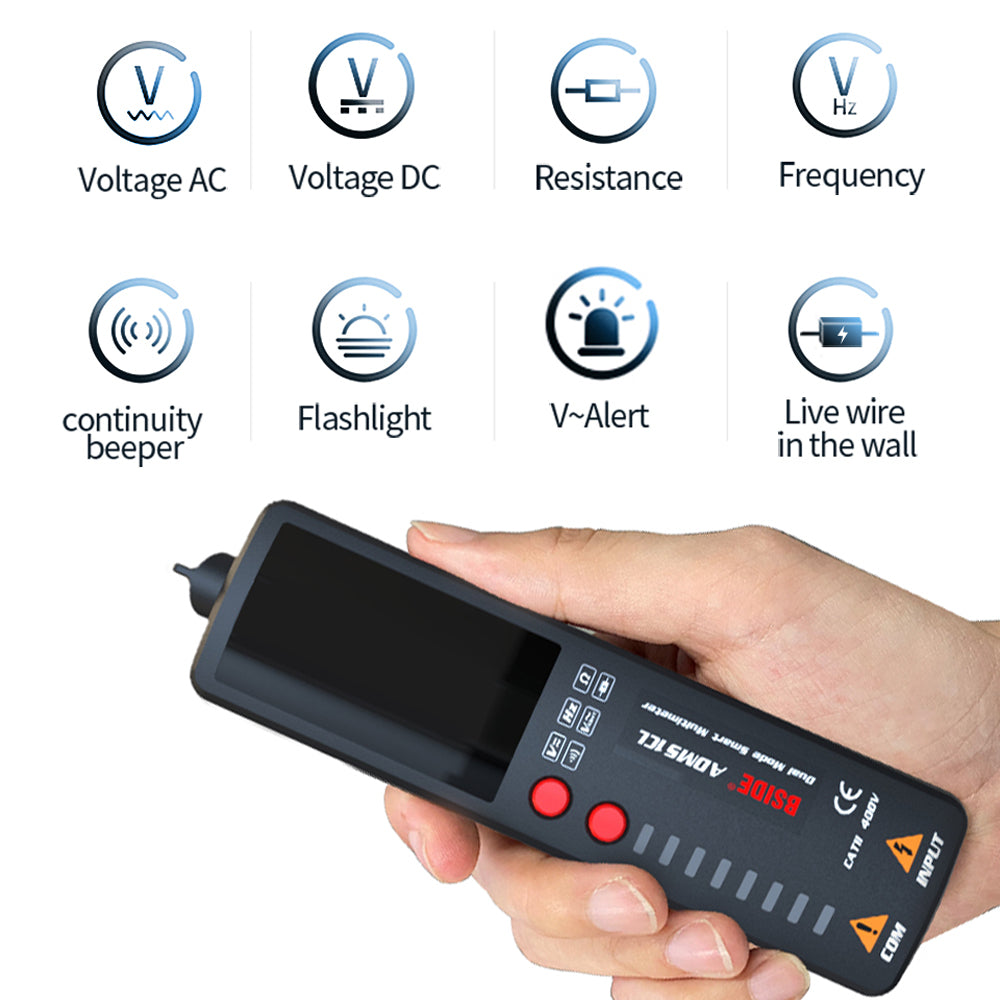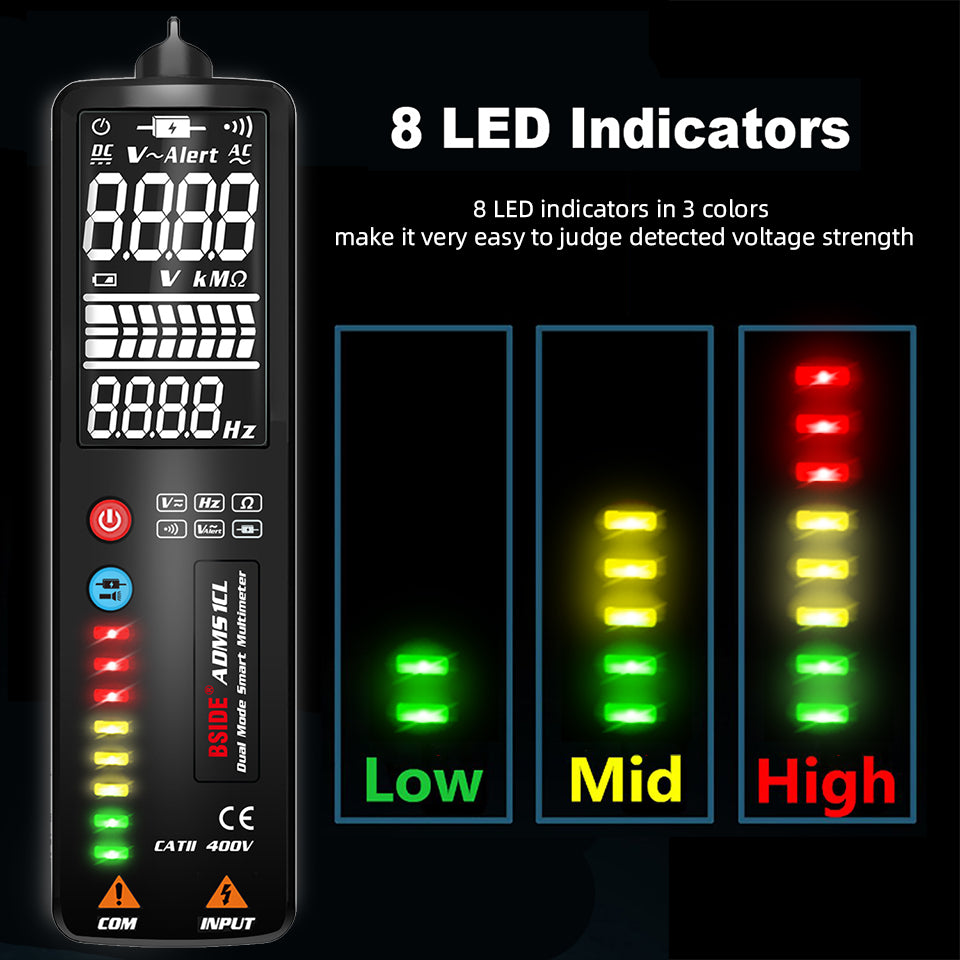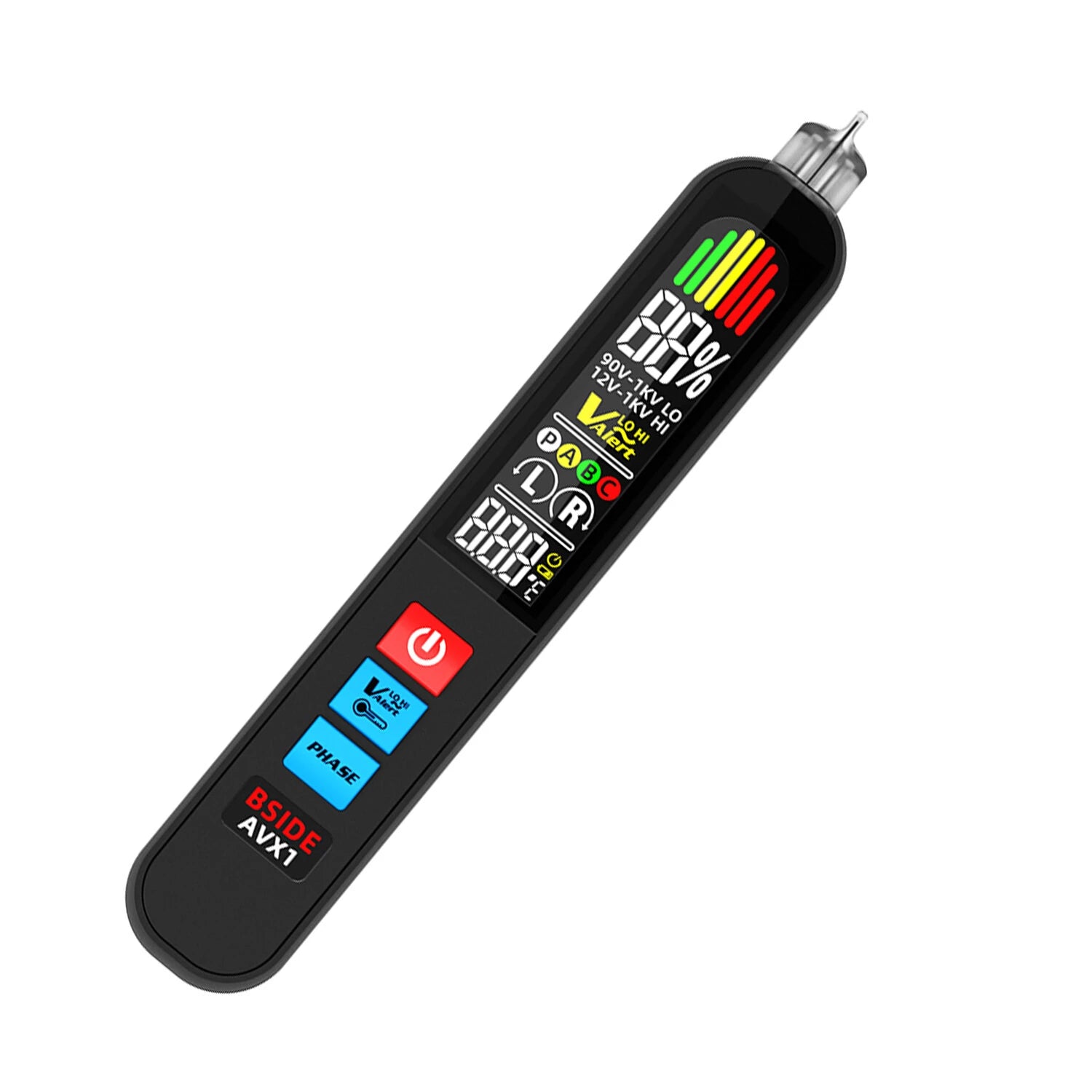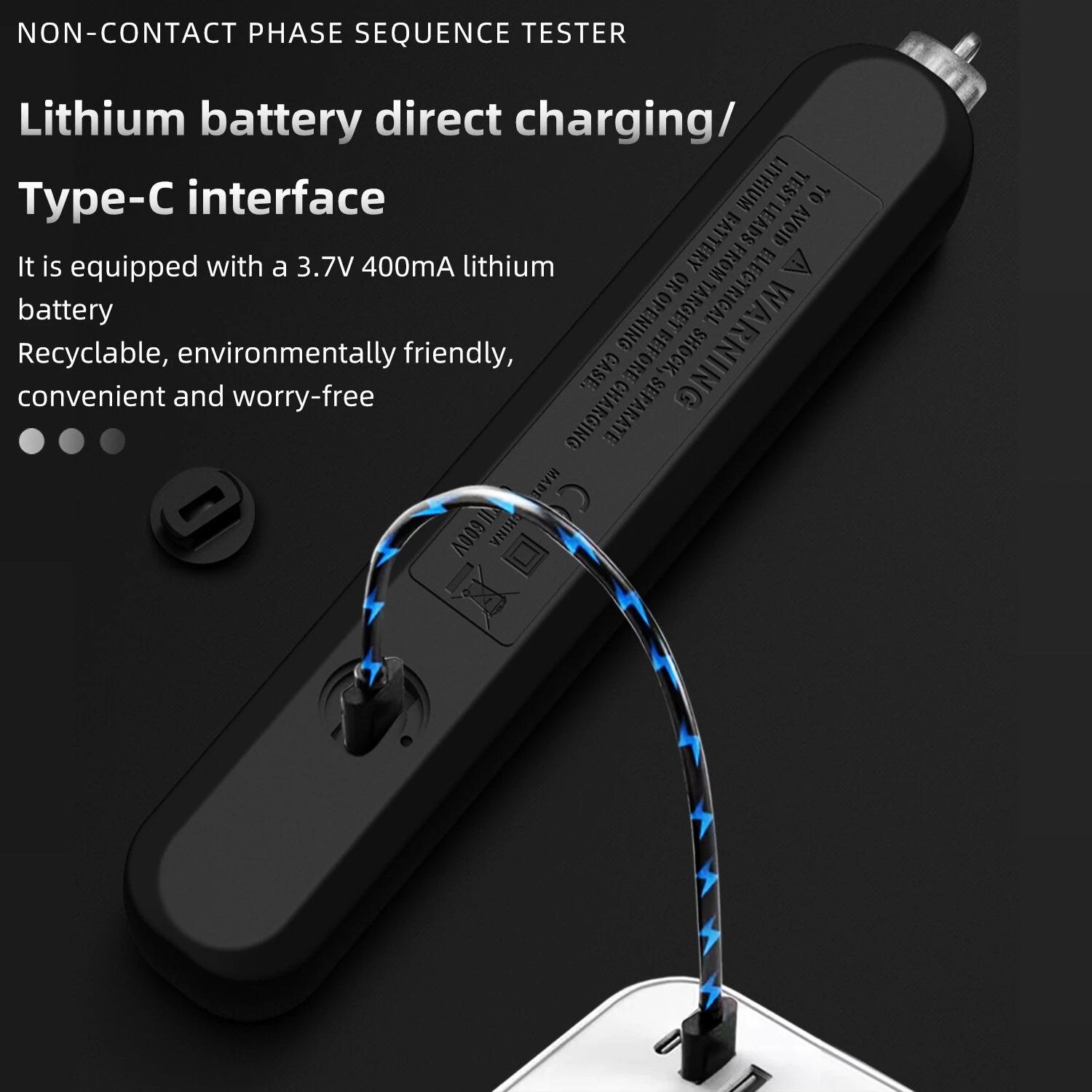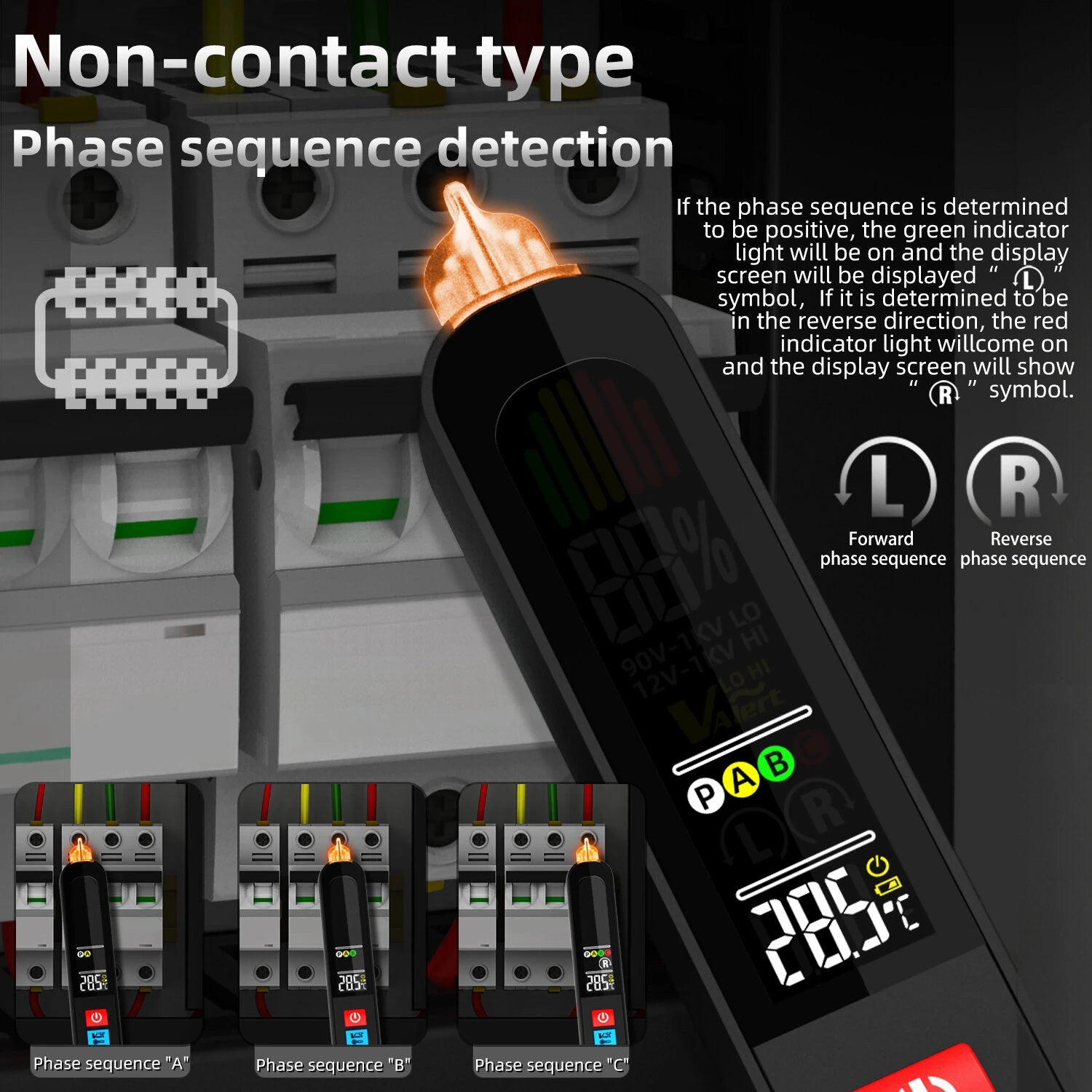Continuity is one of the most important basic tests in electronics and electrical repair. It tells you whether electricity can flow through a wire, switch, fuse, or connection. Whether you're repairing a circuit board or checking your home's wiring, a continuity test saves time and prevents mistakes.
In this article, we’ll show you how to check continuity like a pro using a digital multimeter—no matter your skill level.
🧰 What Is Continuity?
Continuity means there's a complete electrical path between two points.
-
If the path is continuous: electricity flows = "PASS"
-
If the path is broken: no flow = "FAIL"
You can use this test to:
-
Find broken wires
-
Check switches and fuses
-
Verify connections on circuit boards
-
Test continuity through relays, coils, or heating elements
🔧 What You’ll Need
-
A digital multimeter with a continuity mode
-
Test probes (red + black)
-
The component or wire you want to test
✅ Tip: Models like BSIDE S30, SH7, or S11 include audible continuity mode (beep = good).
🪛 How to Check Continuity in 5 Easy Steps
Step 1: Power Off the Circuit
Always disconnect power before testing continuity!
Measuring a live wire in continuity mode can damage your meter or give incorrect results.
Step 2: Set Your Multimeter to Continuity Mode
Look for a symbol like:
📶 or 🔔 (sound wave / buzzer icon), sometimes combined with the diode symbol.
On BSIDE meters: Press "SELECT" to switch from diode test to continuity if needed.
Step 3: Touch the Probes Together First
This is your control test.
-
The meter should beep and show 0Ω or near 0
-
This confirms the probes and meter are working correctly
Step 4: Connect Probes to Test Points
-
Touch one probe to each end of the wire, fuse, or contact
-
Keep steady pressure and check the display
What to expect:
| Display/Beep | Meaning |
|---|---|
| Beep + 0Ω | Good continuity |
| No beep + OL | Open circuit / broken |
| >1Ω but <10Ω | Weak continuity or resistance present |
Step 5: Interpret the Results Like a Pro
-
No beep = break in the wire, fuse is blown, or poor connection
-
Beep = flow is possible—connection is good
-
For switches: test both ON and OFF positions to verify function
-
For connectors: wiggle the cable to detect intermittent faults
🧠 Pro Tips
-
Clean dirty terminals for reliable testing
-
Don’t test components soldered into live circuits unless you know how they affect each other
-
Use continuity mode before disassembling expensive or sensitive parts—it may save you hours!
🧰 Why Use BSIDE for Continuity Tests?
BSIDE digital multimeters include:
✅ Loud buzzer & fast response
✅ Auto mode switching (voltage → continuity)
✅ Compact size for tight spaces
✅ Dual display (in models like SH7)
They’re ideal for technicians, electricians, and hobbyists alike.
✅ Conclusion
Learning to check continuity is one of the most valuable skills for anyone working with electronics or electrical repairs. It’s quick, safe, and can help you diagnose problems before they get expensive.
With the right multimeter and a bit of practice, you’ll be checking circuits like a pro in no time.

